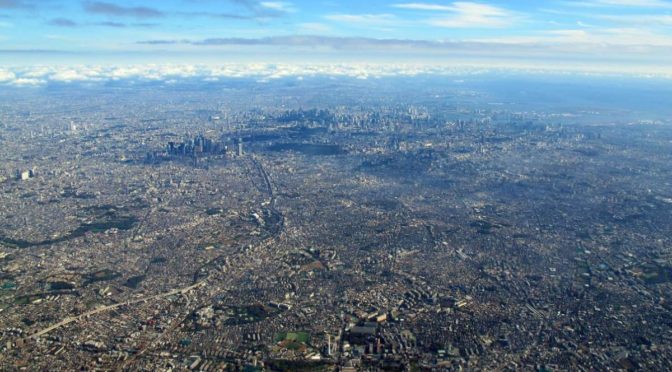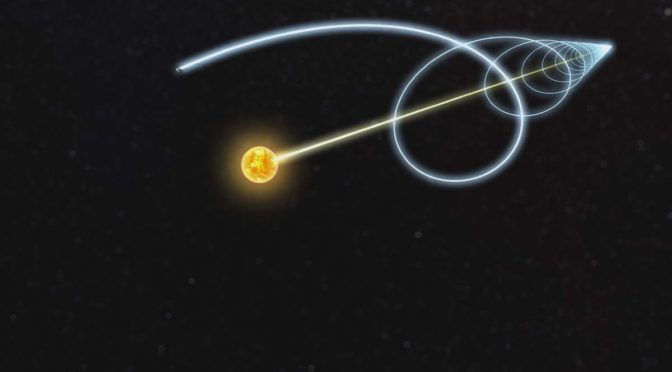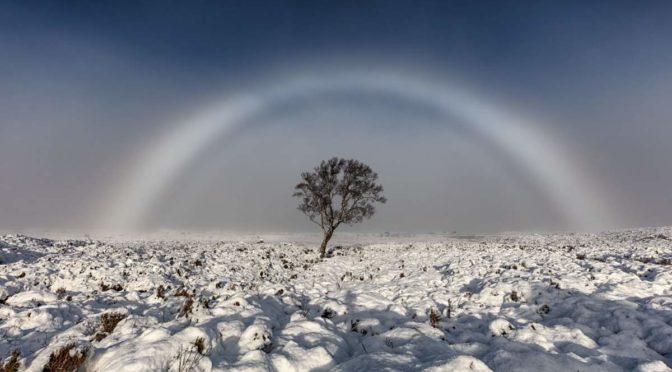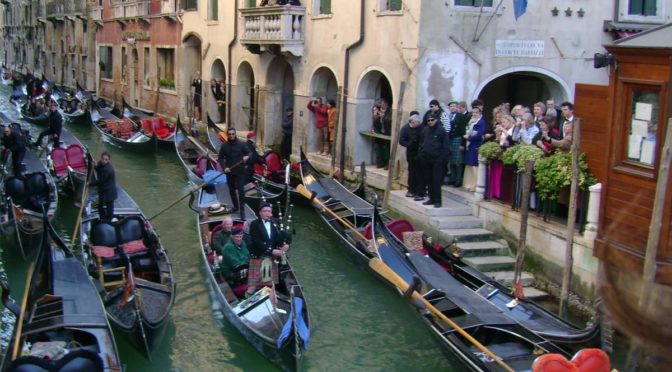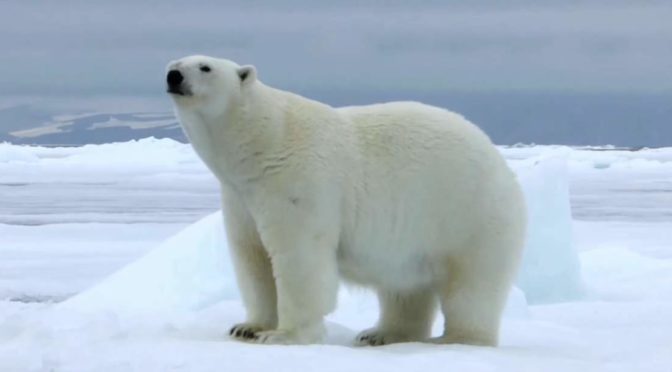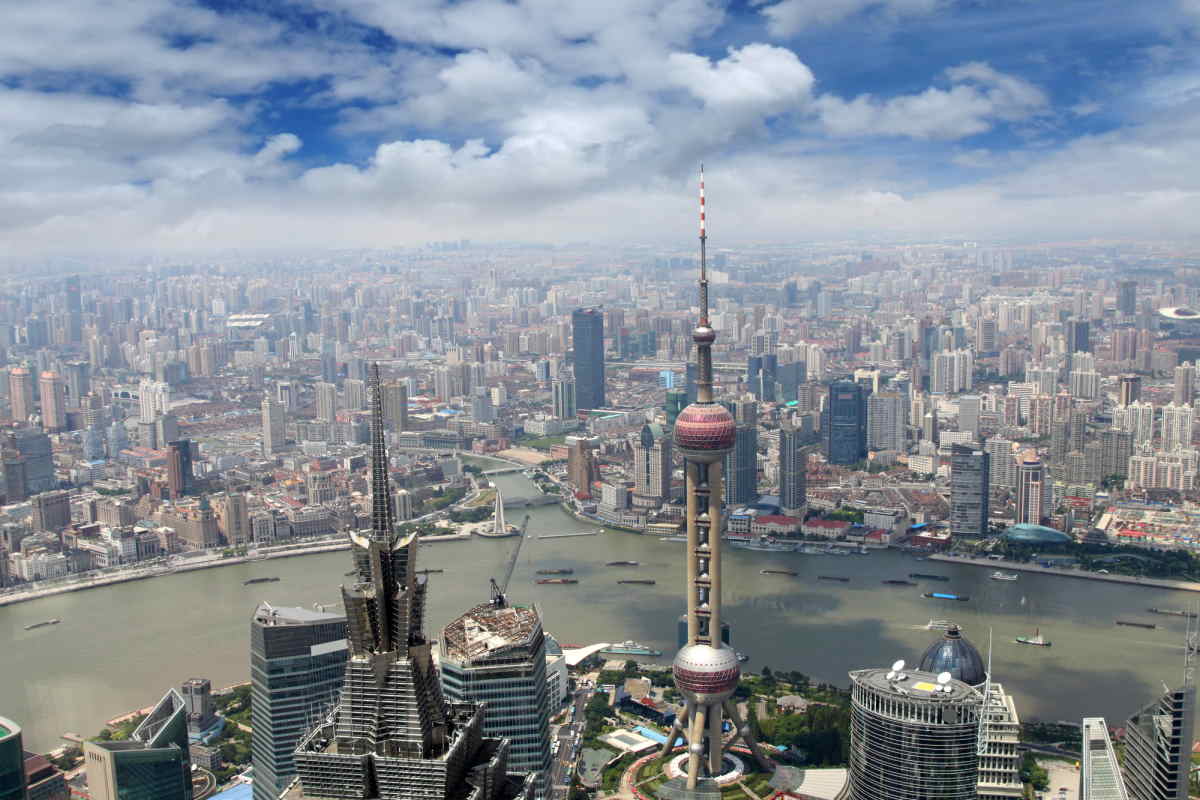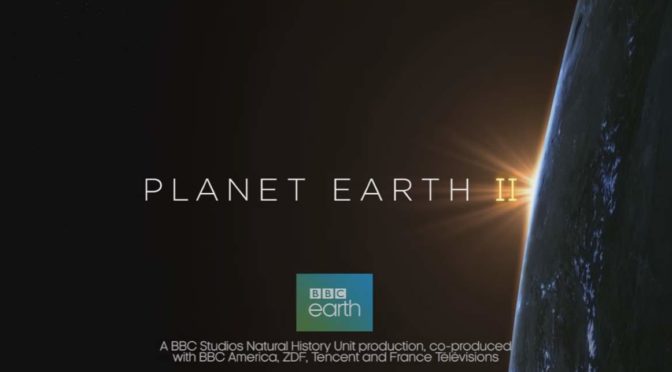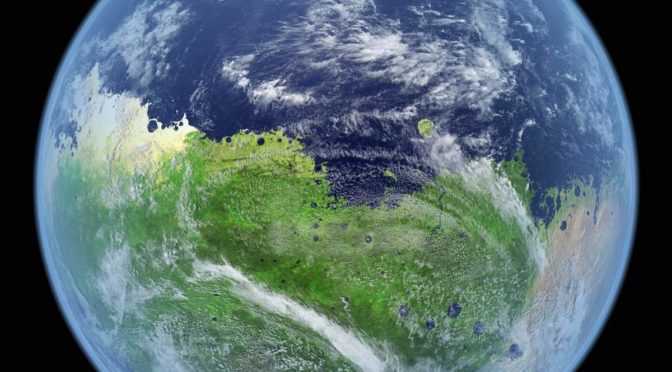The Earth is getting more crowded every single day. As of 2023, the world population was estimated at 8 billion. Our planet is already overpopulated, and despite the growth of the population slowing down, the situation will be worse: the United Nations estimates it will further increase to 11.2 billion in the year 2100.
Here is a video published by the American Museum of Natural History showing the World’s population through time.
